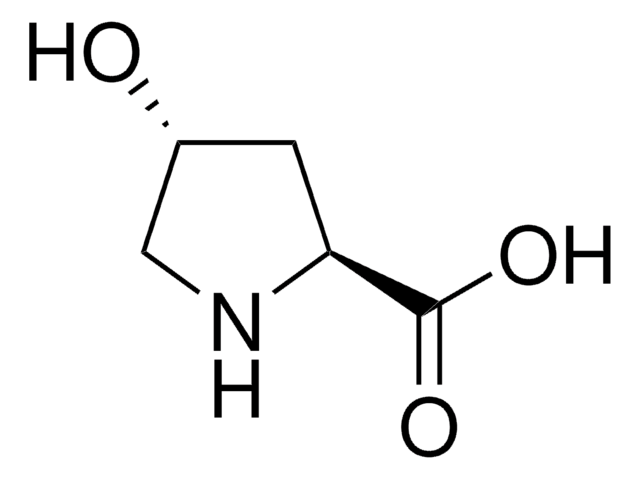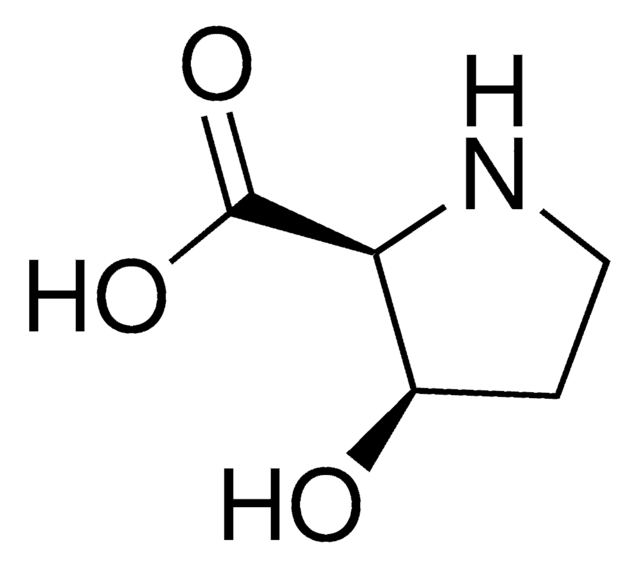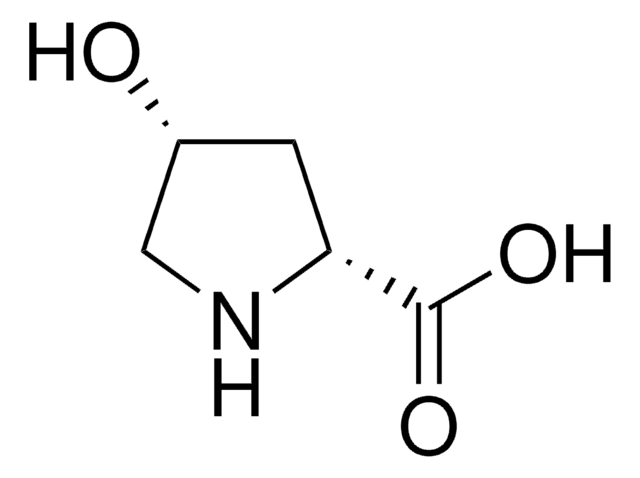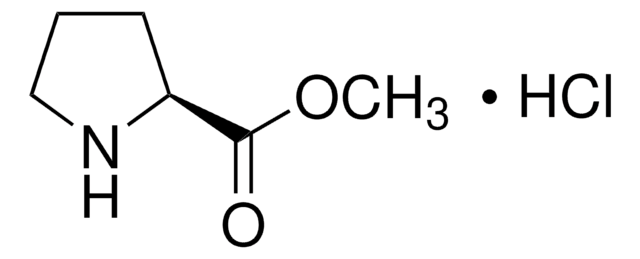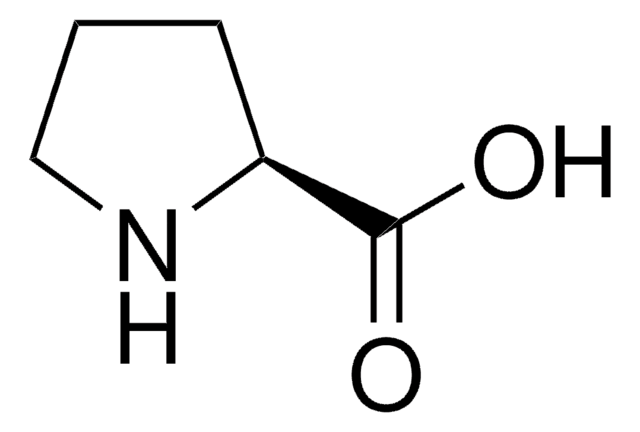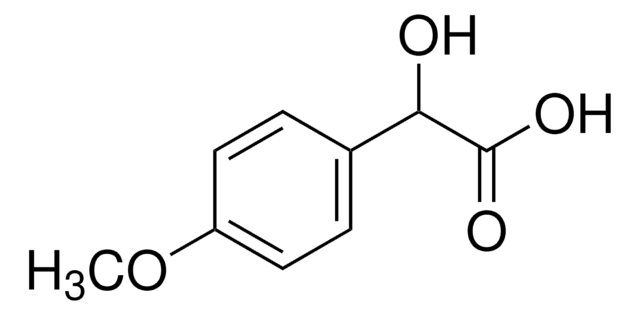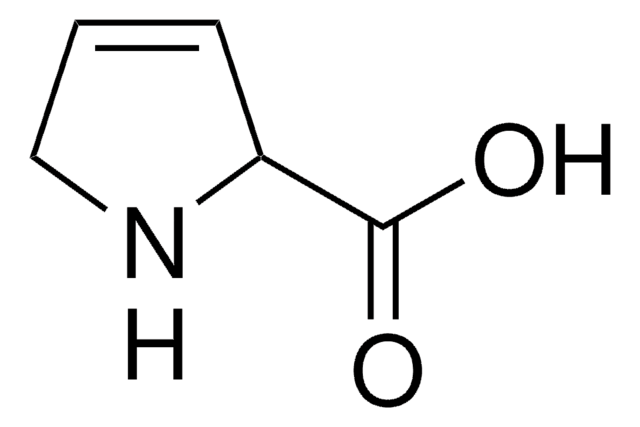420174
cis-3-Hydroxy-DL-proline
95%
Synonym(s):
(±)-cis-3-Hydroxypyrrolidine-2-carboxylic acid
Sign Into View Organizational & Contract Pricing
All Photos(1)
About This Item
Empirical Formula (Hill Notation):
C5H9NO3
CAS Number:
Molecular Weight:
131.13
Beilstein:
4130229
MDL number:
UNSPSC Code:
12352200
PubChem Substance ID:
Recommended Products
Assay
95%
reaction suitability
reaction type: solution phase peptide synthesis
mp
232 °C (dec.) (lit.)
application(s)
peptide synthesis
SMILES string
O[C@@H]1CCN[C@@H]1C(O)=O
InChI
1S/C5H9NO3/c7-3-1-2-6-4(3)5(8)9/h3-4,6-7H,1-2H2,(H,8,9)/t3-,4+/m1/s1
InChI key
BJBUEDPLEOHJGE-DMTCNVIQSA-N
Looking for similar products? Visit Product Comparison Guide
Storage Class Code
11 - Combustible Solids
WGK
WGK 3
Flash Point(F)
Not applicable
Flash Point(C)
Not applicable
Personal Protective Equipment
dust mask type N95 (US), Eyeshields, Gloves
Regulatory Information
新产品
Choose from one of the most recent versions:
Already Own This Product?
Find documentation for the products that you have recently purchased in the Document Library.
K T Lin
Journal of chromatography, 227(2), 341-348 (1982-02-12)
A column chromatographic analysis for 3-hydroxyproline (3-Hyp), 4-hydroxyproline (4-Hyp), and gamma-carboxyglutamic acid (Gla) is described. The analyses of urine and plasma were performed with a JLC-6AH amino acid analyzer. A 0.15 M sodium citrate buffer, pH 2.1, was used for
P Wiedemann
Fortschritte der Ophthalmologie : Zeitschrift der Deutschen Ophthalmologischen Gesellschaft, 86(2), 115-120 (1989-01-01)
The steps in the formal pathogenesis of proliferative vitreoretinopathy (inflammation, proliferation, the synthesis of extracellular matrix, and contraction) provide the target points for medical treatment. A survey of the relevant drugs is given. Anti-inflammatory agents (steroids, heparin) and antiproliferative agents
M T Weiss et al.
Padiatrie und Padologie, 23(1), 9-14 (1988-01-01)
3-trans-hydroxyproline is a hydroxyproline isomer present in collagens. It is more abundant in basement membrane collagen (collagen type IV) where it can be found in a relation of 12 residues per 1000 amino acid residues. This implicates its probable use
G L Wijffels et al.
The Biochemical journal, 299 ( Pt 3), 781-790 (1994-05-01)
The cysteine proteinases synthesized by the adult stage of the trematode Fasciola hepatica were found to be a very heterogeneous group of proteins as demonstrated by one- and two-dimensional gel analyses. N-terminal amino acid sequencing indicated the presence of at
Determination of 3- and 4-hydroxyproline.
R A Berg
Methods in enzymology, 82 Pt A, 372-398 (1982-01-01)
Our team of scientists has experience in all areas of research including Life Science, Material Science, Chemical Synthesis, Chromatography, Analytical and many others.
Contact Technical Service